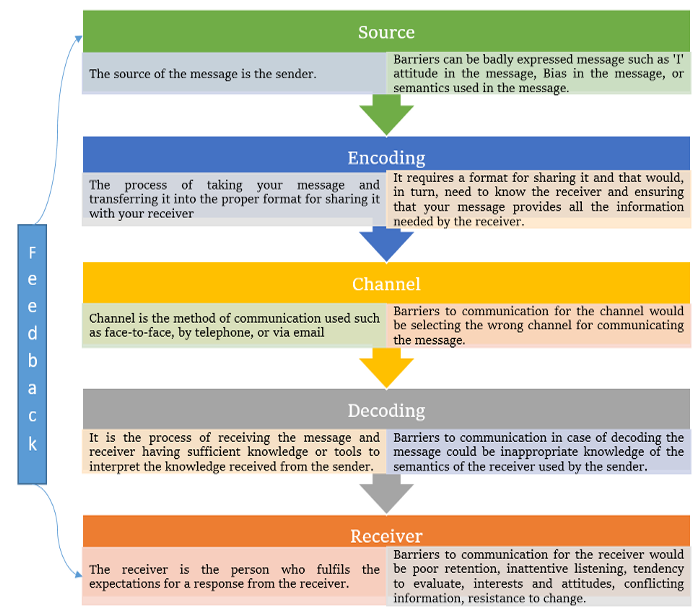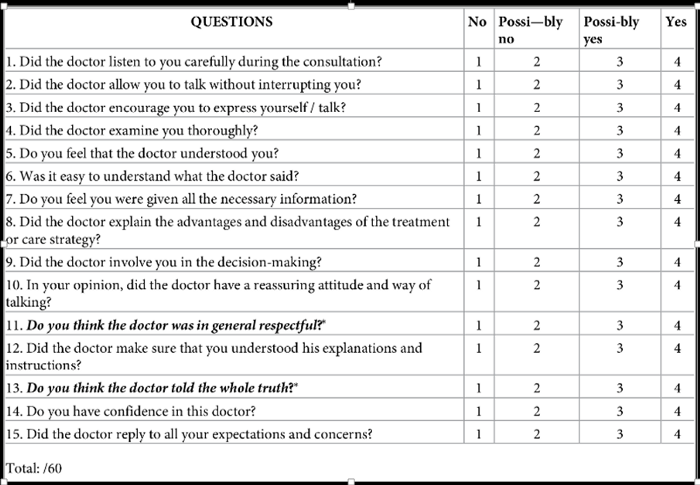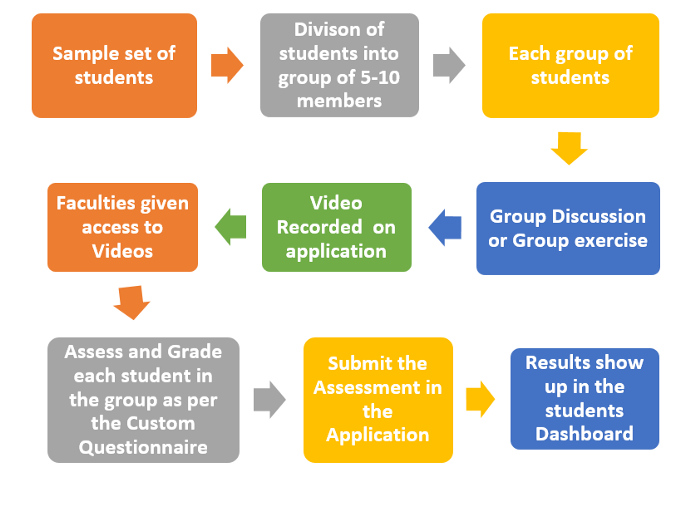Imagine you are on one side of a wall and the person you want to communicate with, is on the other side. Both verbal and non-verbal are of no help in assisting the communication between the 2 people. In addition to the wall, there are other barriers that could prevent communication such as different cultures, expectations, perspectives, or communication styles
To overcome these barriers, one needs a set of tools that are available for communicating effectively. These tools are called effective communication skills.
For effective communication skills, it’s important to recognize that, these barriers can occur at multiple points in the communication process and thus, it is important to analyze the communication process as a whole and understand where these barriers occur and how can they be reduced or eliminated for an effective way of communication.
The communication process involves multiple stages and barriers at each stage. They are as follows:

Considering the above barriers and many others at various levels of the communication process, various assessment tools have been designed and followed by different companies to check if the person has the right communication skills to cross these barriers and deliver his message in an efficient manner. Some of these assessments are as below:
1. Communication Skills Assessment by the Language Center
University of Jyvaskyla, Language center conducted an assessment to check for communication skills. They graded individuals on the basis of 6 categories namely:
Interaction:
This category checks for whether an individual is able to present his ideas in an articulate and persuasive manner to complex situations. He/she has the ability to argue and turn-taking strategies. He/she has no problem in understanding idiomatic language use.
Professional Vocabulary:
He/she has very good command over professional vocabulary and does not allow many circumlocutions by filling in the gaps.
Language Quality:
He/she can consistently maintain a high degree of grammatical accuracy; errors are rare and difficult to spot. Correct use of idiomatic expressions and collocations.
Fluency:
He/she has the ability to express spontaneously and effortlessly with a wide vocabulary and evident. Only a conceptually different subject might hinder the individual’s smooth flow.
Pronunciation:
Mastery of the sound system of English or any other language used for communication is a must with a clear and accurate understanding of pronunciations and intonations.
Presentation:
He/she can is thorough with the topic and is able to tackle and respond confidently to complex situations. Has good eye contact, minimal need to refer to papers and level appropriate for the intended audience.
2. Global Communication Certification Council (GCCC)- IABC initiative CMP certification
For a professional to be a certified communication management professional (CMP), he/she undergoes assessment conducted by International Association of Business Communicators (IABC) by virtue of which they can demonstrate their competence in the communication industry. The exam conducted is of 3 hours and is multiple choice question-based format, wherein they check an individual’s skills on the basis of domains developed in the job task analysis.
These domains and their weight are as below:

This exam is conducted in the language of English and graded electronically on a Pass/Fail basis.
3. Patient/Physician Communication Skills Assessment
Nowadays, effective Doctor-patient communication (DPC) is considered as a patient that cannot be delegated as it is taken as an important basic skill for doctors.
This is so, as over a period of time, through studies, it has been observed and understood that good communication leads to improvements in symptom relief, clinical outcomes, patient behavior, and possibly adherence to medication.
As per the study of physician-patient interaction for an acute condition, a checklist was developed in form of questionnaire overlooked by experts of doctors, pharmacists, and psychologists which would cover all the crucial parts of the interaction. The main aspects that emerged were listening, confidence, empathy, decision making, information, and reassurance. The questionnaire had a Likert scale of 1–4 to mark the questions as per their interaction with 1 being No to 4- Yes.
As per the expectations of each of the categories, the assessment was about whether the individual is able to cross the barriers that are there in different parts of the communication process.

4. Which Test is Right Fit for the Application?
Students at various stages of their course of study from different domains would be dealing with a complex set of information. In order to express and communicate this information effectively, they should have good communication skills. Keeping these things in mind, an assessment tool which could effectively assess the communication skills of such diverse audience. To fulfill the purpose, we can use a customized questionnaire for assessment with a Likert Scale in line with the Patient/Physician Communication assessment tool.
5. Practical Applications of Custom Questionnaire and how it would work?
This Questionnaire would be a set of questions with a Likert scale, designed to assess the interaction between the students in a group activity such as group discussions, group planning exercise, debates.
Their interaction would be for about 10–15 minutes which would be recorded on video and would be then assessed by the concerned faculty for those students on the basis of the video and would be marking and assigning a score to the students using the Likert scale.
The entire process of assessment would be done via the application and thus, the results would be available to the students in the form of a graphical representation for the student’s better understanding.
The practical application is, it would test a student’s reaction and response to react spontaneously to any idea that comes up during the discussion and how they are able to collaborate with another to come up with the conclusion of the discussion. Also, it enables the faculties to assess their students in an effective way and understand whether they are able to put forward their learnings in such activities.
Illustration of the Communication skills measurement mentioned above in the flowchart below:

References
- A scale assessing doctor-patient communication in a context of acute conditions based on a systematic review
- GCCC handbook 2018
- Influencing and persuasion skills- MTD Training- a free e-book on bookboon.com
- https://kielikeskus.jyu.fi/fi/opintotarjonta/kielitarjonta/englanti/communication-skills-assessment-criteria.pdf

